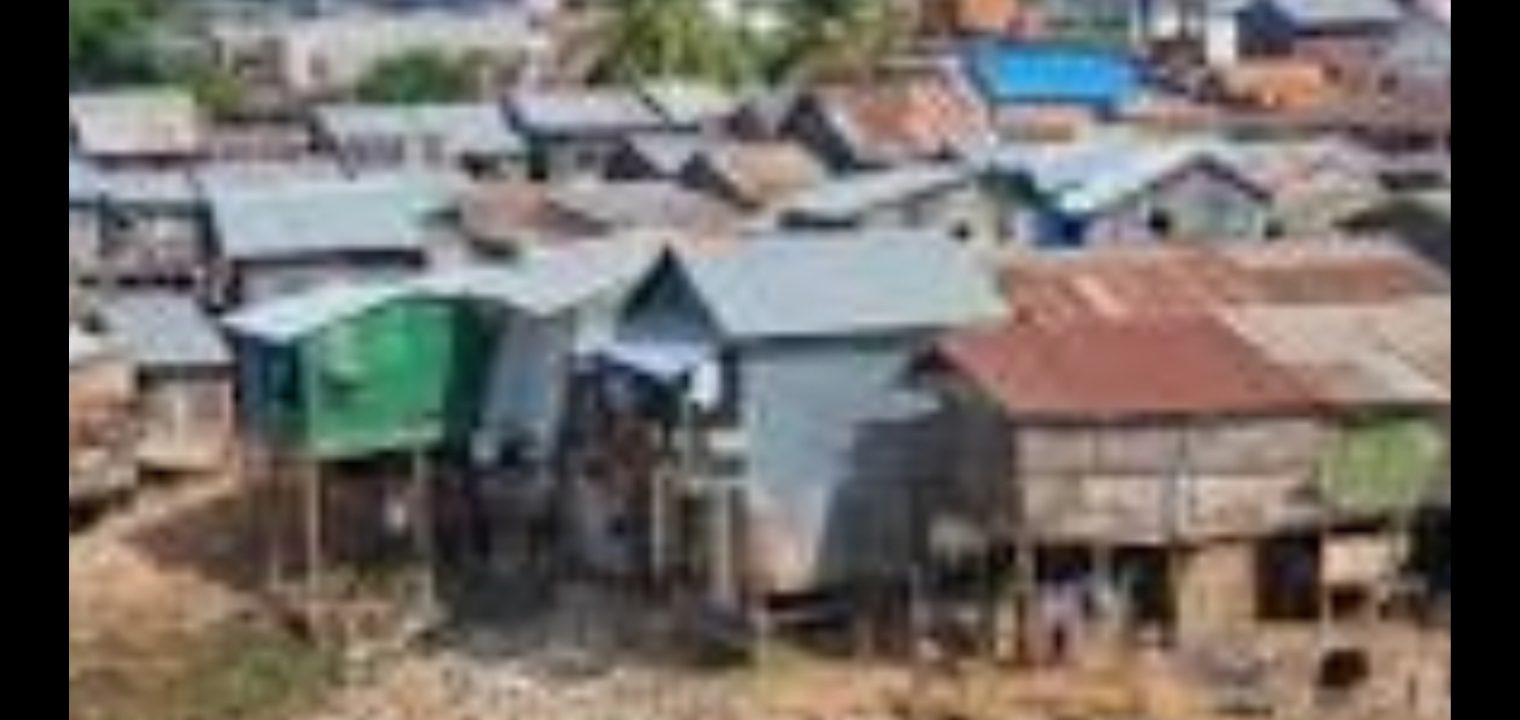WHO CARES FOR POOR IN AMRIT KAAL
Dr Santosh Kumar Mohapatra
Mahatma Gandhi, the father of India, once said, “poverty is the worst form of violence.” This poignant statement encapsulates the harsh reality faced by millions of people in India who grapple with poverty on a daily basis. Poverty is not merely a lack of financial resources; it is a pervasive form of violence that erodes human dignity, limits opportunities and perpetuates cycles of suffering.
Now ruling dispensation at Centre even some state governments are engrossed with publicity blitzkrieg despite India being home to largest number hungry, poor people. We regularly same discordant but catchy slogan like ‘Sabka Saath, Sabka Vikas, and Sabka Vishwas’: Amrit Kaal; Kartavya Kaal; Pancha Pran, Atmanirbhar Bharat, Inclusive development Vikasita Bharat. But grim reality is different
According to the Household Consumption Expenditure Survey 2022-23 of NSSO, the poorest 5 percent of the country survive on a daily consumption of just Rs 46 per person in rural areas and Rs 67 in urban areas. The survey, which took place after over a decade, also shows the large gap in consumption between the bottom 5 percent and the top 5 percent. The per capita daily consumption for the richest 5 percent of the population is Rs 350 in rural areas and Rs 700 in urban areas.
A study conducted by the department of gastroenterology and human nutrition at AIIMS had revealed that out-of-pocket medical expenditures have significantly reduced the quality and quantity of major dietary items such as fruit, vegetables, meat and eggs consumed by families when there is a patient in a household.
According to the study, more than 80 percent of the families did not change the intake of cereals, pulses and sugar, but reduced consumption of fruits, followed by ghee, milk and milk products, vegetables, meat, egg and oils. Besides, the catastrophic effects of extra expenditure on illnesses were also visible in children, where a significant number of households with dietary decreases compromised on children’s education or the children started working to augment family finances


